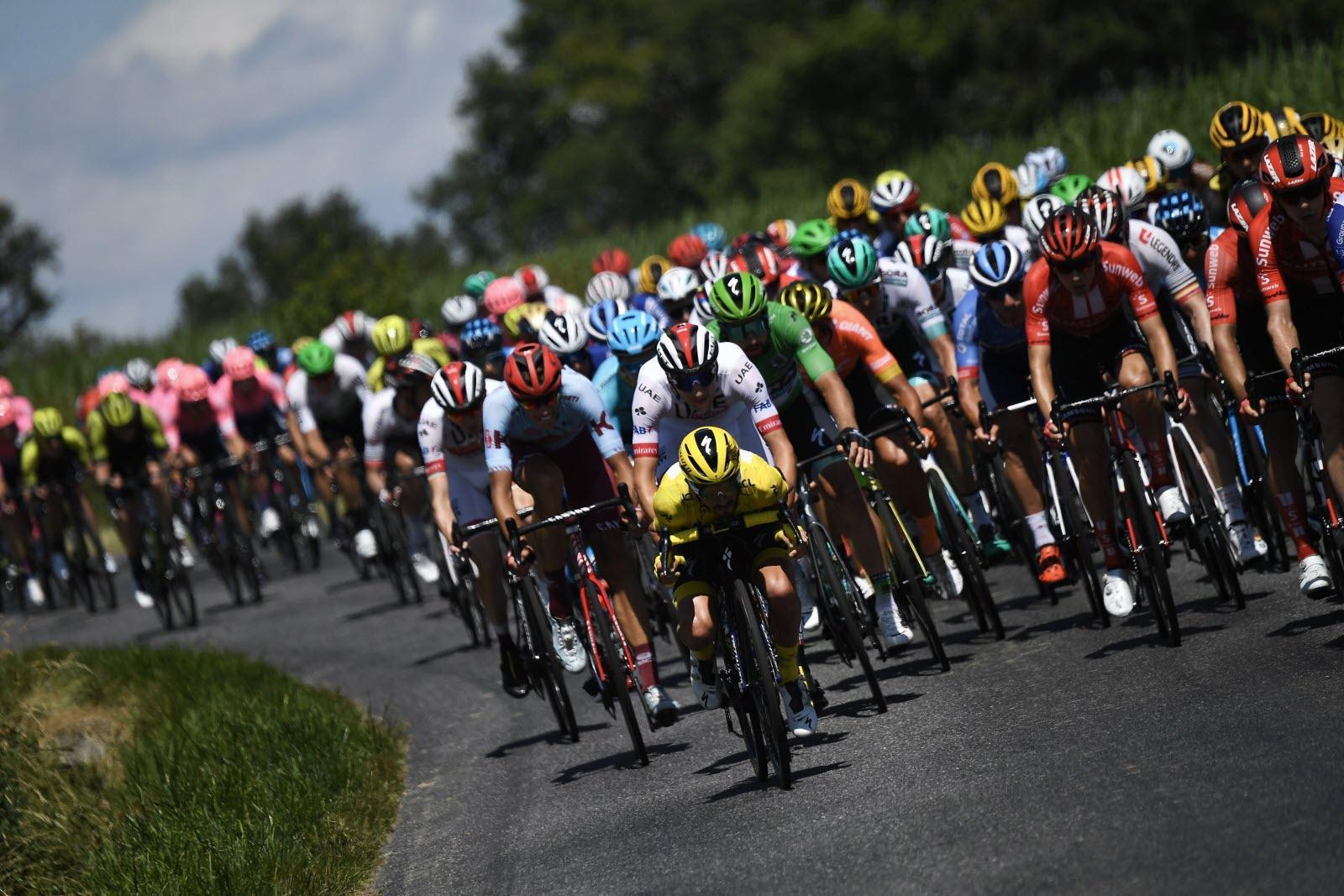History of the bicycle
In 5 dates
.jpg)
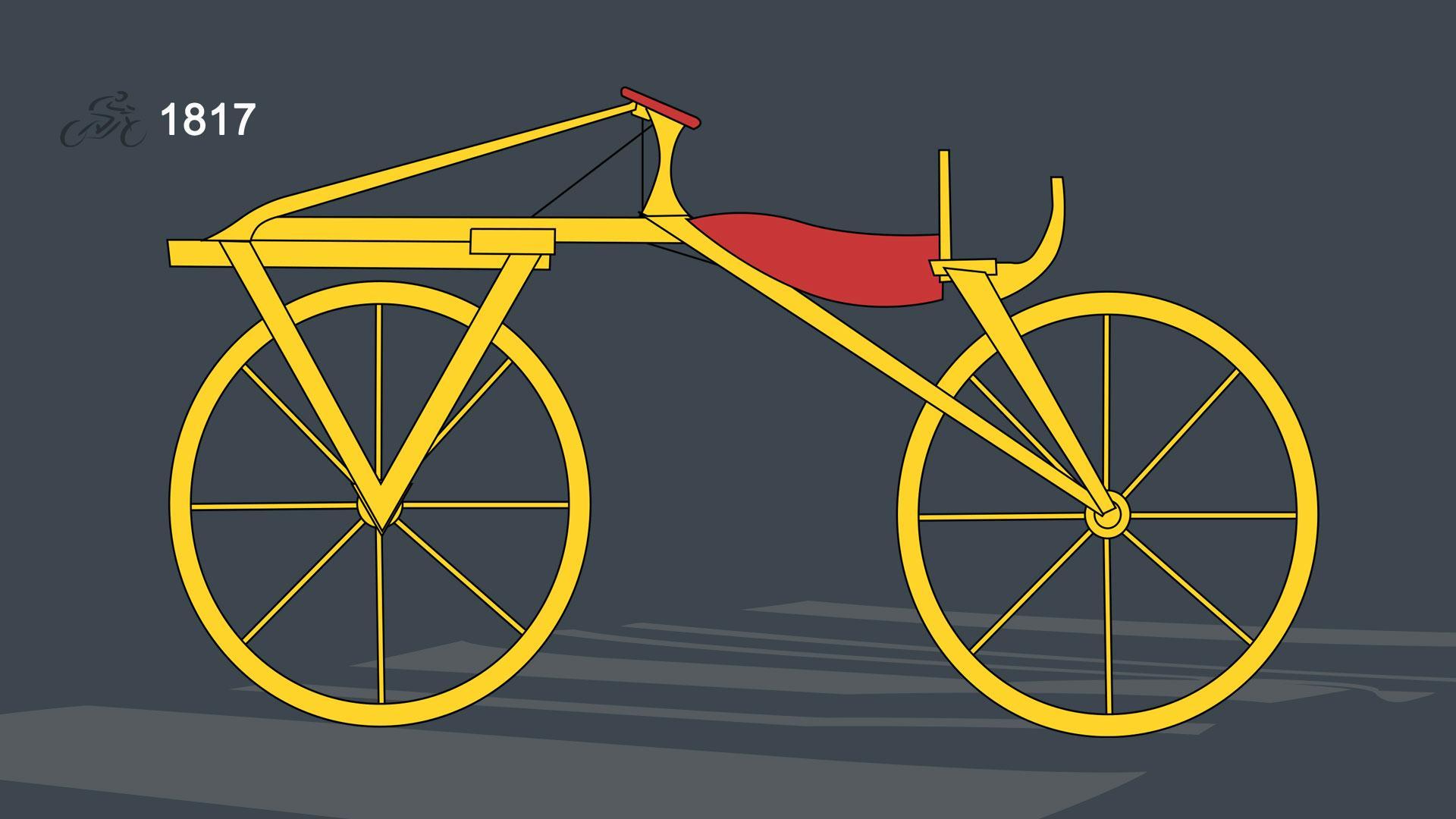
1817 - An ancestor… without pedals
The ancestor of the bike is the balance bike, invented by a German in 1817, Baron Karl Drais von Sauerbronn. It is a wooden vehicle with very little steel, two wheels in line and a handlebar for steering. The balance bike advances by pushing the ground with its feet. Imagined in 1817, the invention is patented in 1818. Today, many children learn to control their balance on a balance bike in order to pass on a classic bike, with pedal.
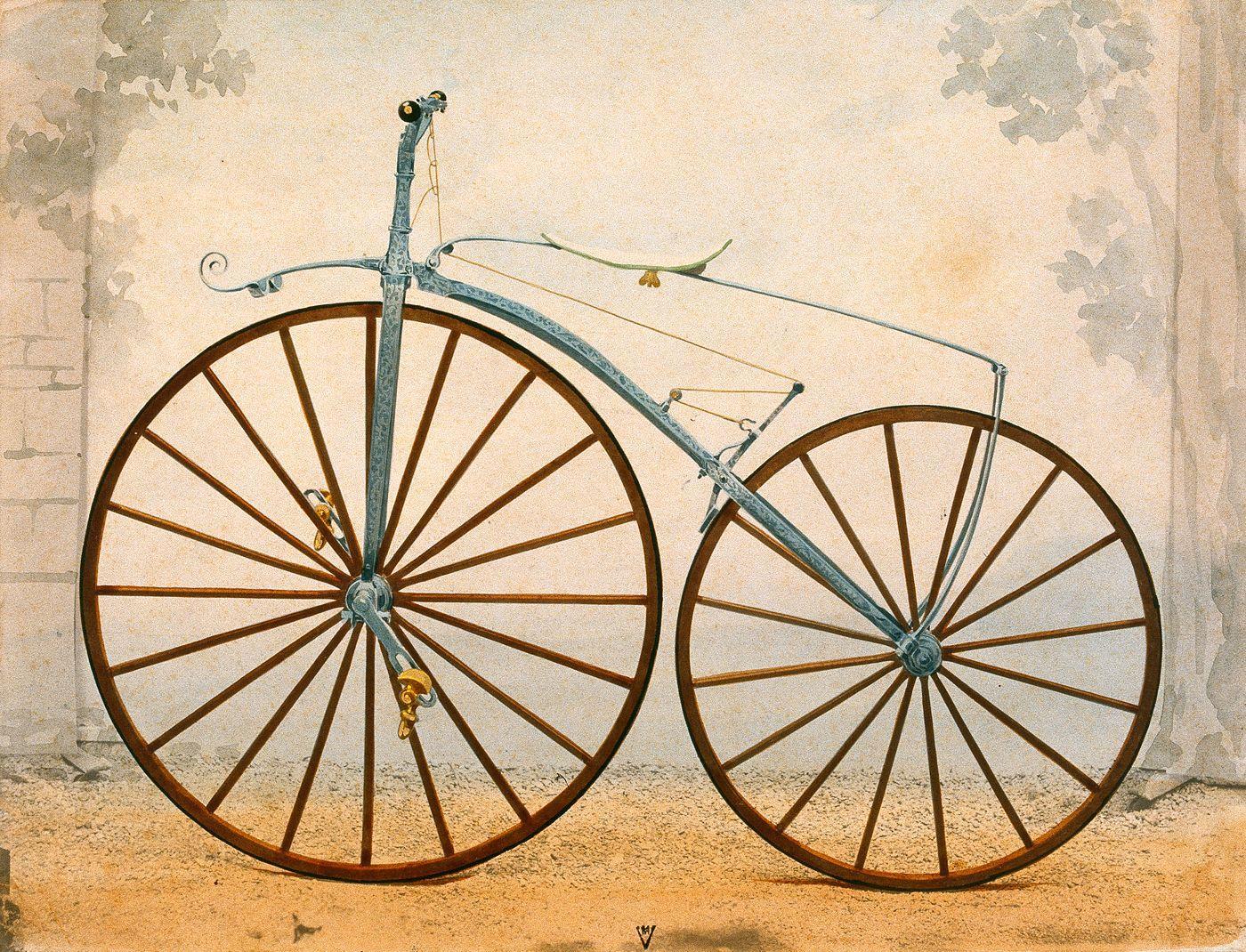
1860’s - Add pedals to front wheel
In Paris, in the 1860s, the first pedal bikes were sold in the houses of Sargent, Michaux and Vincent. Pierre Michaux, locksmith, is said to have invented the pedal velocipede when a hatter brought him a balance bike with the road before failing for repair. One of his sons would have tried it and complained about the inconvenience of keeping his legs up, once the vehicle was launched. Pierre Michaux would then have imagined footrests positioned on the wheel that allows to turn the wheel hub.
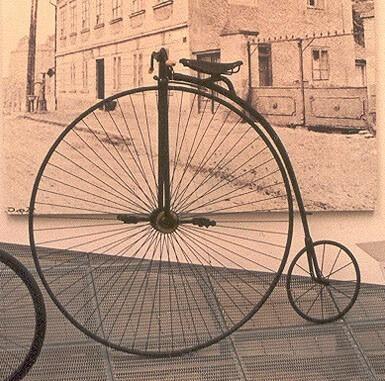
1870’s – Invention of the big front bi for more speed
With the pedals fixed on either side of the hub of the front wheel, it was necessary to increase the size of the front wheel in order to give more drive to the bike with each pedal stroke and thus to go faster. The size of the rear wheel is reduced, only to maintain the balance of the velocipede. The first grand-bi, Ordinary, was born in 1872. It was a resounding success with the bourgeoisie in England and France.

1880’s – Invention of the modern bike
In 1884, the chain was invented by John Kemp Starley. He created, with the Coventry Sewing Machine Company, the bicycle with reasonable size wheels and drive through a chain. In 1886, Peugeot began marketing these bicycles. Finally, it was in 1888 that John Boyd Dunlop invented the tyre and filed a patent. The bicycle became more efficient and comfortable. In 1891, Edouard Michelin, perfected the tyre by imagining the «removable tire», it is the arrival of the tube. We find the two big names of the tire still today. Finally in the early 1890s, bicycles closely resemble the bikes we currently ride, but the change in speed remains.
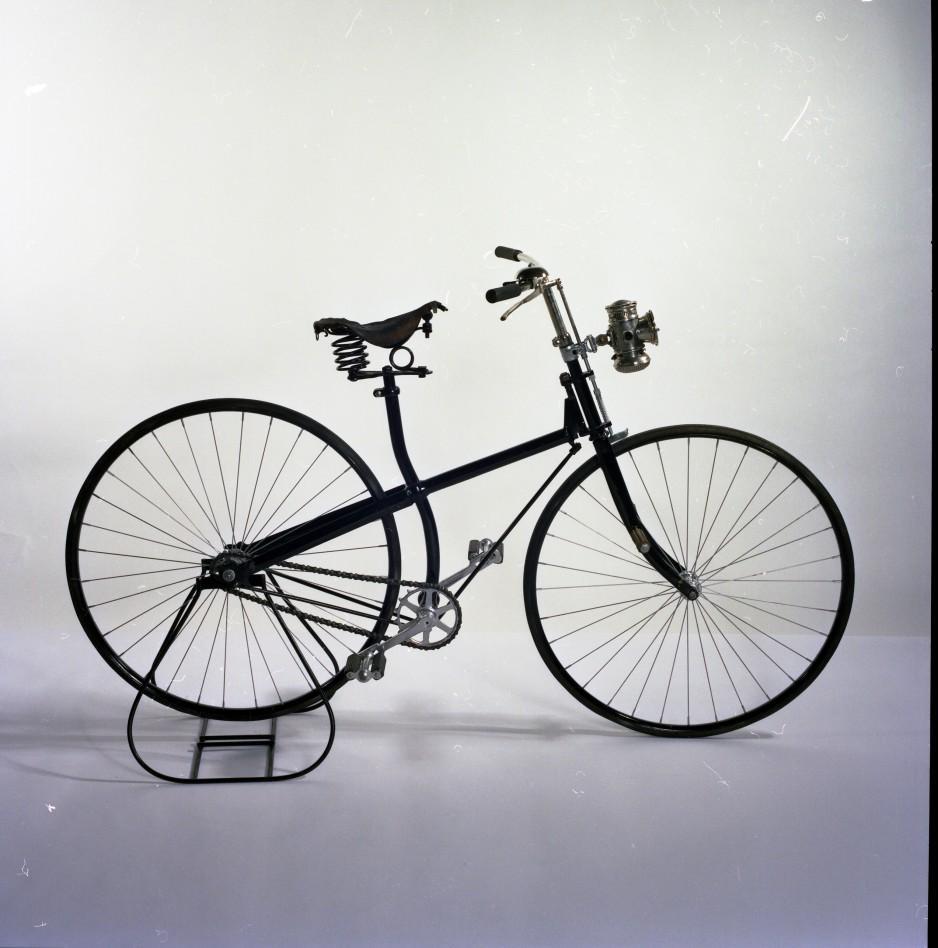
20th Century – The Rise of the Bicycle
At the beginning of the 20th century, thanks to the Second Industrial Revolution, the bicycle became the queen of transport. The first Tour de France, won by Maurice Garin, was held in 1903 and met with a real enthusiasm and helped to increase the popularity of the bike. Finally, it was in the 1930s that the use of a multi-speed system spread. Finally, we have to wait until the 1950s to see the first derailleur appear. Our current bikes are here!
